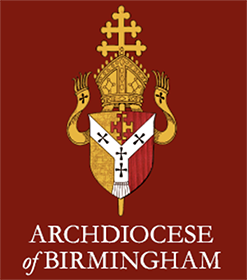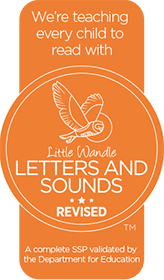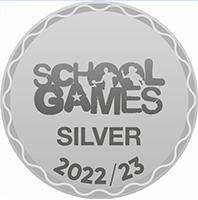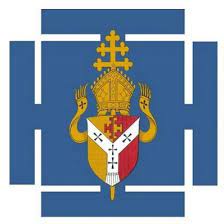Design & Technology
The curriculum coverage objectives can be found here. You can also click on Intent, Implementation and Impact to find out more on each of these areas.
Intent
The intent of our Design and Technology (DT) curriculum is that the children will receive a design and technology curriculum which allows them to exercise their creativity through designing and making. The children will be taught to combine their designing and making skills with knowledge and understanding in order to design and make a product. Skills are taught progressively to ensure that all children are able to learn and practice in order to develop as they move through the school. Evaluation will be an integral part of the design process and will allow children to adapt and improve their product which is a key skill which they need throughout their life. Our DT provision will allow children to apply the knowledge and skills learned in other subjects, particularly Maths, Science and Art. Children’s interests are captured through theme learning, ensuring that links are made in a cross-curricular way, giving children motivation and meaning for their learning. Children will also be given opportunities for cooking preparation and developing basic cooking skills.
Implementation
Our DT is embedded through Curriculum Maestro and units are taught with links to wider curriculum areas, within this we will:
Research and develop design criteria to inform their design of innovative, functional, appealing products that are fit for purpose, aimed at particular individuals or groups.
Generate, develop, model and communicate their ideas through discussion, annotated sketches, cross-sectional diagrams, prototypes, pattern pieces and computer-aided design.
Select from and use a wider range of tools and equipment to perform practical tasks (for example, cutting, shaping, joining and finishing, as well as chopping and slicing) accurately. Select from and use a wider range of materials, ingredients and components, including construction materials, textiles and ingredients, according to their functional properties, aesthetic qualities and, where appropriate, taste.
Investigate and analyse a range of existing products.
Evaluate their ideas and products against their own design criteria and consider the views of others to improve their work.
Understand some of the ways that food can be processed and the effect of different cooking practices (including baking and grilling).
We also offer a cooking club after school to help push further this learning.
Impact
Through the skills taught and experiences offered by this subject, by the time children leave our school they will have an excellent attitude to learning and independent working.
Children will demonstrate that they can carry out thorough research, show initiative and ask questions to develop an exceptionally detailed knowledge of users’ needs.
Children will be able to act as responsible designers and makers, working ethically, using finite materials carefully and working safely.
Children will demonstrate knowledge of which tools, equipment and materials to use to make their products.
Children will be able to apply mathematical knowledge and skills accurately.
Children will be able to manage risks exceptionally well and demonstrate their ability to manufacture products safely and hygienically.






